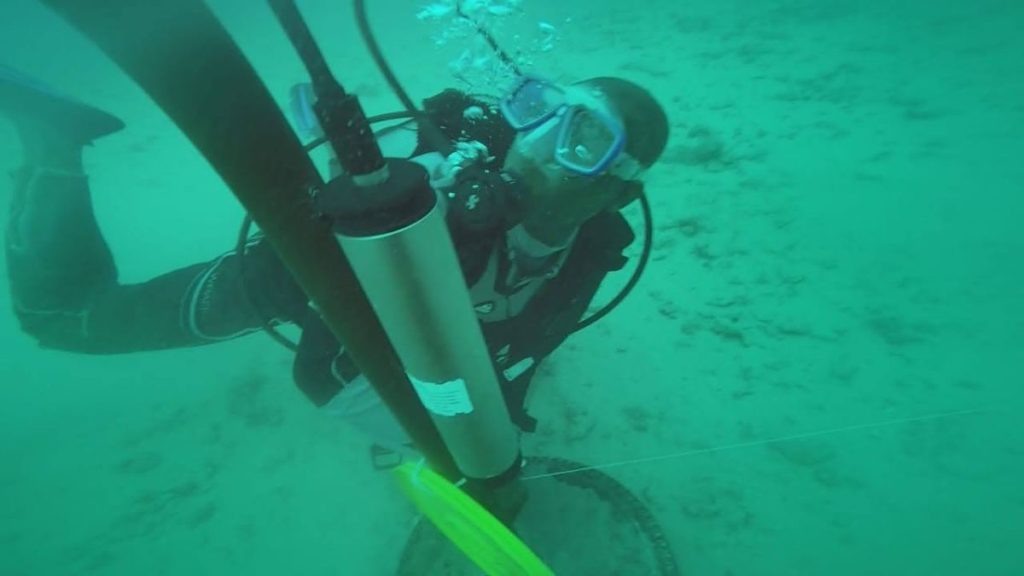First acoustic monitoring in Kenya
Humpback whale songs have brought Western Indian Ocean countries together recording whale vocalisations, in Tanzania, La Reunion, Mozambique, Madagascar and Western Australia. Kenya in the north of the SWIO has also joined the COMBAVA Project supported by the European Union and the Reunion government partnering with Globice Reunion from 2020 -21. Watamu Marine Association and the Kenya Wildlife Service with the Kenya Marine Mammal Research and Conservation (KMMREC) commenced deployments, as part of this regional initiative to identify humpback whale song specific to the SWIO. To help solve the question of significant occurrence variations between years, it is expected that recording whale “song” continuously throughout the migratory period will help establish connectivity between countries and to determine new breeding sites. In Kenya we are keen to discover in Watamu on the north coast how the whales we see here fit into the jigsaw puzzle of whale movements; especially after earlier photo ID showed a recapture between Kenya and Madagascar.
Kenya’s relatively recent appreciation of the annual arrival of mothers and calves pursued by amorous males will undoubtedly be improved by hearing song recordings, and knowledge that Whales Too, Sing Sweet Love Songs, will spur local interest with its comparisons to African traditional improvisational music as reported in the Nation, Kenya’s national newspaper. This type of awareness can only assist with building the embryonic whale watching industry, a case study in the International Whaling Commission Handbook Whale Watching Kenya, while the devices will improve conservation efforts in determining the level of noise pollution from tour and fishing vessels during the migration, to assist in defining whale watching regulations and controls on other human activities.
Much of Kenya’s whale data has been previously obtained from marine users and fishermen and their reports from visual sightings, the devices will therefore assist in corroborating these opportunistic sightings, including occasions when the rough austral winter sea conditions prevent boat based activity
So motivated and inspired are Kenya Wildlife Service and Watamu Marine Association by the COMBAVA project they have now started a local acoustic deployment project in the Malindi Marine Protected Area to determine the presence of cetaceans. KWS and WMA took an important step for science and the continued protection of the endangered Indian Ocean humpback dolphin and deployed an F-Pod and SoundTrap in a unique double deployment.
KWS divers with Watamu Marine Association positioned the devices which will remain for 1 month recording the marine mammals. The team were accompanied by a pod of humpback dolphins throughout the operation, as if to signal their approval.
Acoustic devices supplied Chelonia Ltd and as part of the Wildlife Conservation Society WIO Program
Contributors: Jane Spilsbury, Michael Mwango’mbe
